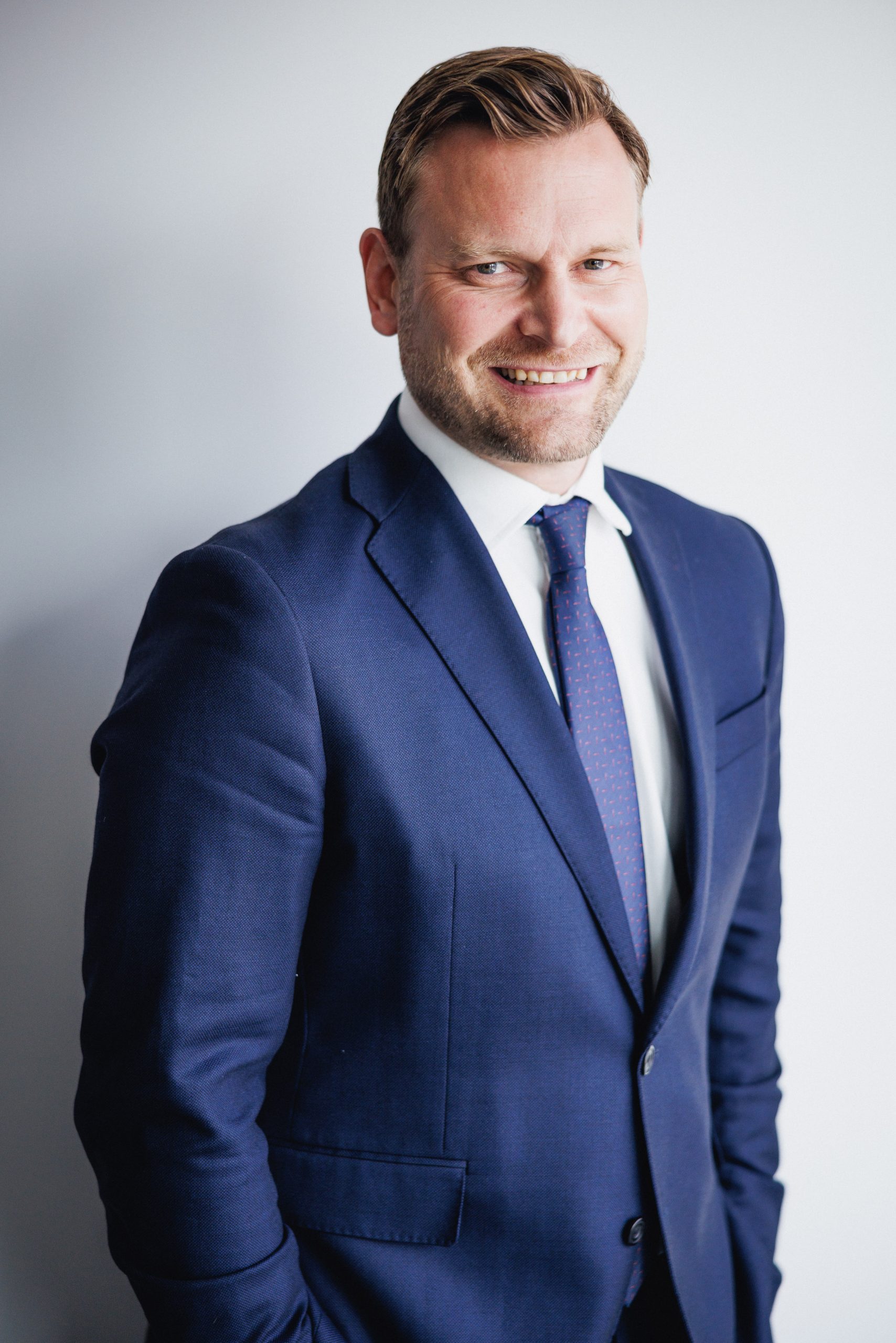The Achilles tendon is a tough band of fibrous tissue that connects the calf muscles to the heel bone (calcaneus). The Achilles tendon is also called the calcaneal tendon. The tendon is crucial for enabling controlled movement of the foot in line with movement of the leg. Where damage occurs walking becomes progressively hindered until a near-total loss of foot control occurs.
What is an Achilles tendon rupture?
An Achilles tendon rupture is an injury to the structure that joins the calf muscle to the foot and ankle. When healthy, it is responsible for enabling forward propulsion of the body with every step we take. Injury to this structure can be extremely debilitating.
What are the symptoms of an Achilles tendon rupture?
People who experience this injury will often be mistaken in thinking that they have been hit from behind by a sharp object. In reality, on a sudden exertion of the calf, the tendon has been unable to resist the forces put across it and ruptures. It most commonly occurs during sporting activities. The patient will often feel a small gap in the tendon and be unable to bear weight comfortably.

How is an Achilles tendon rupture diagnosed?
Clinical examination by a foot and ankle specialist is the key to an accurate diagnosis. Almost always, the use of ultrasound scans or MRI will help to quantify the severity and site of injury.
How is an Achilles tendon rupture treated?
Treatment depends on several key factors: the wishes of the patient, where the injury is and the sporting exploits of the individual. If the injury occurs in an elite athlete then surgery is usually recommended. This is based on the fact that studies have shown that the most reliable way to regain explosive power is through tendon repair.
If the injury is at the level of the junction between the muscle and the tendon then the majority of cases can be treated without an operation. The blood supply at this level is excellent and it is rare to get contraction of the tendon.
If the injury is in the body of the tendon then treatment advice is based on the gap between the tendon ends when scanned with the foot pointing down. If there is no gap at all or a very small gap, then research has shown that an operation will not improve the functional outcome compared to an operative course. This is why non-operative or ‘functional rehabilitation’ treatment has become a popular choice. If the gap in the tendon is large, however, then surgery is indicated because the tendon is likely to heal long which would make it difficult for the patient to generate power.
If the patient has significant co-morbidities then surgery may not be the best option. Although the risk of surgery is low, if complications occur they can be very severe in this patient group.
What is the outlook following treatment for an Achilles tendon rupture?
In many cases, the prognosis is good following treatment but it’s important to have the injury seen as soon as possible. This avoids complications from improper healing. Tendons can be rather slow to heal so be conscious it will take time. Following the tendon stabilisation, your calf muscles will need to redevelop following a prolonged period of inactivity, this is normal and your strength should gradually return to normal. Your consultant will provide you with specifics relating to your injury and its treatment following consultation and diagnosis.
If you or someone you know has suffered an injury or is experiencing pain across their lower limbs or difficulty with mobility and would like a consultant-led review, please contact us. Grosvenor Orthopaedics have extensive experience in the treatment of knee-related injuries with excellent patient outcomes.
BOOK NOW
Grosvenor Orthopaedics have extensive experience in the treatment of foot & ankle -related injuries with excellent patient outcomes.
FOOT & ANKLE CONDITIONS
If you would like to learn about other foot & ankle conditions click the button below to find out more
FOOT & ANKLE TREATMENTS
If you would like to learn about other foot & ankle treatments click the button below to find out more
our specialist FOOT & ANKLE consultants
Foot & ankle care at Grosvenor Orthopaedics is lead by Mr Tim Sinnett. A graduate of Cambridge and Imperial College medical schools and leading academic and trauma consultant for Chelsea and Westminster NHS trust. He is further supported by the orthopaedic team here including other consultant surgeons, nurses and care staff.
Our team are well placed to manage and treat a diverse range of foot and ankle concerns utilising cutting edge diagnostic technology and treatment approaches, both surgical and conservative. Below is an overview of some of the conditions we treat but for a more thorough understanding please contact our team here
What some of our patients say
Miss NN
Thank you and please accept my gratitude for a successful knee surgery and overall a very positive experience. This gold medal is for you!


